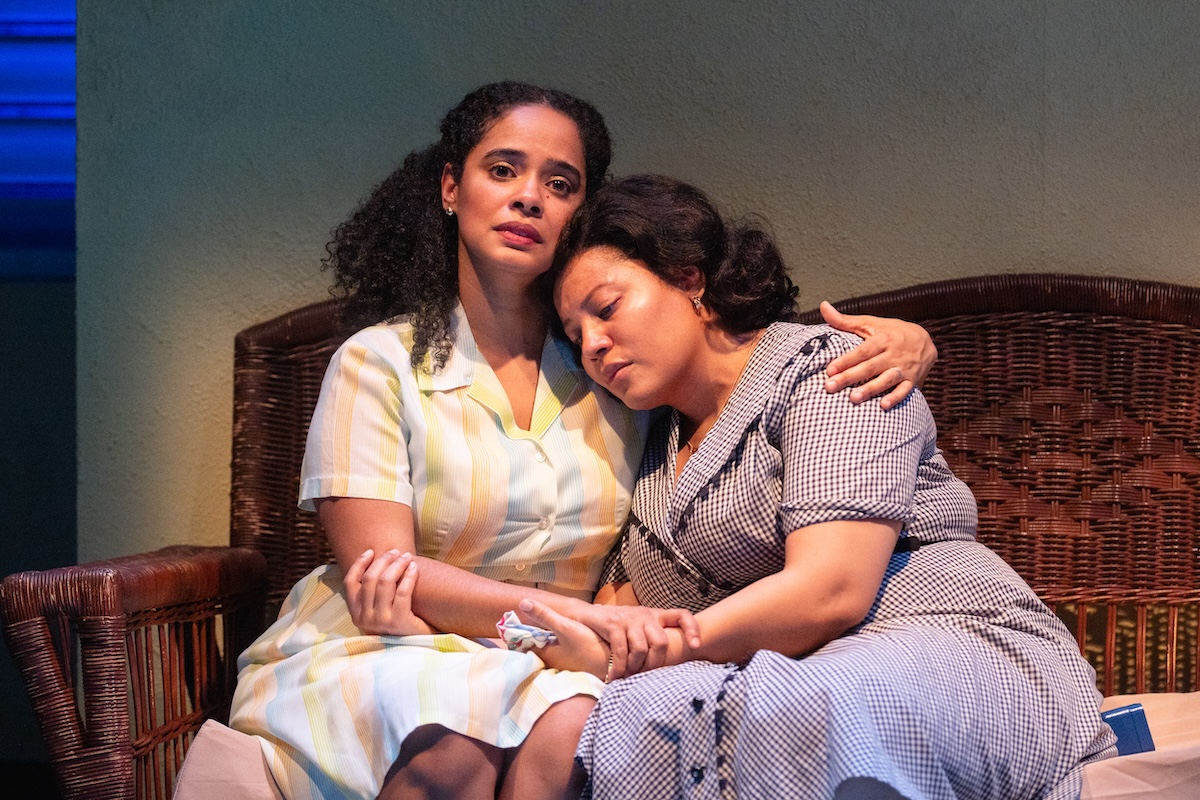The American Way

“This book is very Tin Pan Alley-centric,” writes Ken Bloom in the introduction to The American Songbook: The Singers, The Songwriters, and the Songs (Black Dog & Leventhal). “That means some of our finest composers, including Leonard Bernstein, Stephen Sondheim, Jerry Bock and Sheldon Harnick, and Charles Strouse and Lee Adams, are not included. They were primarily Broadway composers and not central to the Tin Pan Alley tradition.”
While it’s true that Bloom doesn’t deal with the musical theater’s greatest composers and lyricists here as thoroughly as he did in his previous, excellent venture (with Frank Vlastnik) Broadway Musicals: The 101 Greatest Shows of All Time, both books feature the same opinionated, highly enjoyable style of writing. And even though many of the people whom Bloom chronicles have slight or non-existent connections to Broadway, he’s done his job so well that even hardcore theater lovers will be far more entertained than disappointed.
Richard Rodgers (with both Lorenz Hart and Oscar Hammerstein), Cole Porter, and Irving Berlin are all represented here, but they’re anomalies. Similarly, Al Jolson, Ethel Waters, and a handful of other great Broadway performers rate major mentions, but they are also the exception rather than the rule. Still, Broadway fans will likely enjoy the brief nuggets of history that accompany many of the artist bios in the “Song and Story” sections, such as this one from Barbara Cook’s entry: “The original production of Candide came before the era of ubiquitous microphones on Broadway, and Cook’s bravura rendition [of ‘Glitter and Be Gay’] wasn’t miked. By the end of each performance, Cook had no voice left and would mouth the words to ‘Make Our Garden Grow.'”
Not all readers will agree with Bloom’s opinions regarding Judy Garland, “perhaps the greatest singer of the twentieth century. She constantly cast herself as a victim until this became a self-fulfilling prophecy. The line between the Judy Garland story and the real Judy Garland melted away.” And some may take issue with his no-holds-barred comments about certain wayward careers. “We propose a Constitutional amendment forcing the genuinely talented to work until their abilities dim,” he writes of Doris Day. “[Her] return to singing would have benefited humanity as well as many members of the animal kingdom. Everyone would have been happy — with the possible exception of Doris Day. But what is sacrifice when there is so much to gain?”
There’s something here for everyone, either in the text or the accompanying photographs, many of which are as remarkable as those that Bloom unearthed for Broadway Musicals. Thankfully, he slipped in some rare Broadway shots: I had never seen the color photos he includes of Ethel Merman in Happy Hunting, of the original casts of Flower Drum Song or The Vamp, or of Lilo and Peter Cookson embracing in front of Jo Mielziner’s breathtaking Paris backdrop for Can-Can. And just take a look at the impossibly young and seductive Eartha Kitt prowling page 78!
For trivia buffs, the book has timelines of careers and compositions. And from-the-horse’s-mouth quotations, peppered liberally throughout, help place the artists’ work in personal contexts. Take Jule Styne’s 35-word master class in songwriting: “When I write for a man, I write girl songs. When I write for a girl, I write man songs. Each of them needs a little of each other to make the words sound differently.”
As was the case with Broadway Musicals, there are occasional mistakes in American Songbook. For example: It was Susan Watson, not Susan Johnson, who appeared in the 1971 Broadway revival of No, No, Nanette. And the “American Song Year By Year” chapter, which condenses some 100 years of tunes into 14 pages, is bewildering. It lists hundreds of songs but focuses on only 16; the remainder of the space is devoted to broad-stroke historical rundowns, images of sheet music, and largely uninteresting photographs. The chapter is skimpy enough to be extraneous. (One suspects that Bloom wasn’t sure what to include here, having dealt with so many classic compositions elsewhere in the book.)
But these flaws do little to diminish the notable achievement that is The American Songbook. As Michael Feinstein writes succinctly in his foreword, “There’s a lot to savor in these pages.”










